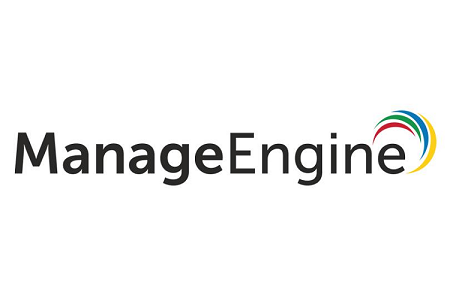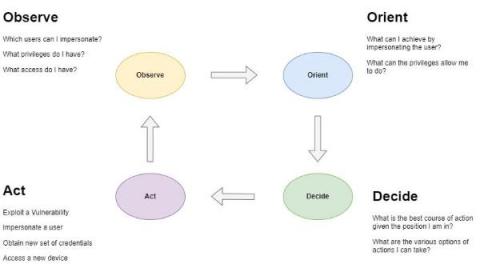RID Hijacking: How Guests Become Admins
RID hijacking is a persistence technique used by adversaries who have compromised a Windows machine. In a nutshell, attackers use the RID (relative identifier) of the local Administrator account to grant admin privileges to the Guest account (or another local account). That way, they can take actions using the Guest account, which is normally not under the same level of surveillance as the Administrator account, to expand their attack while remaining undetected.











